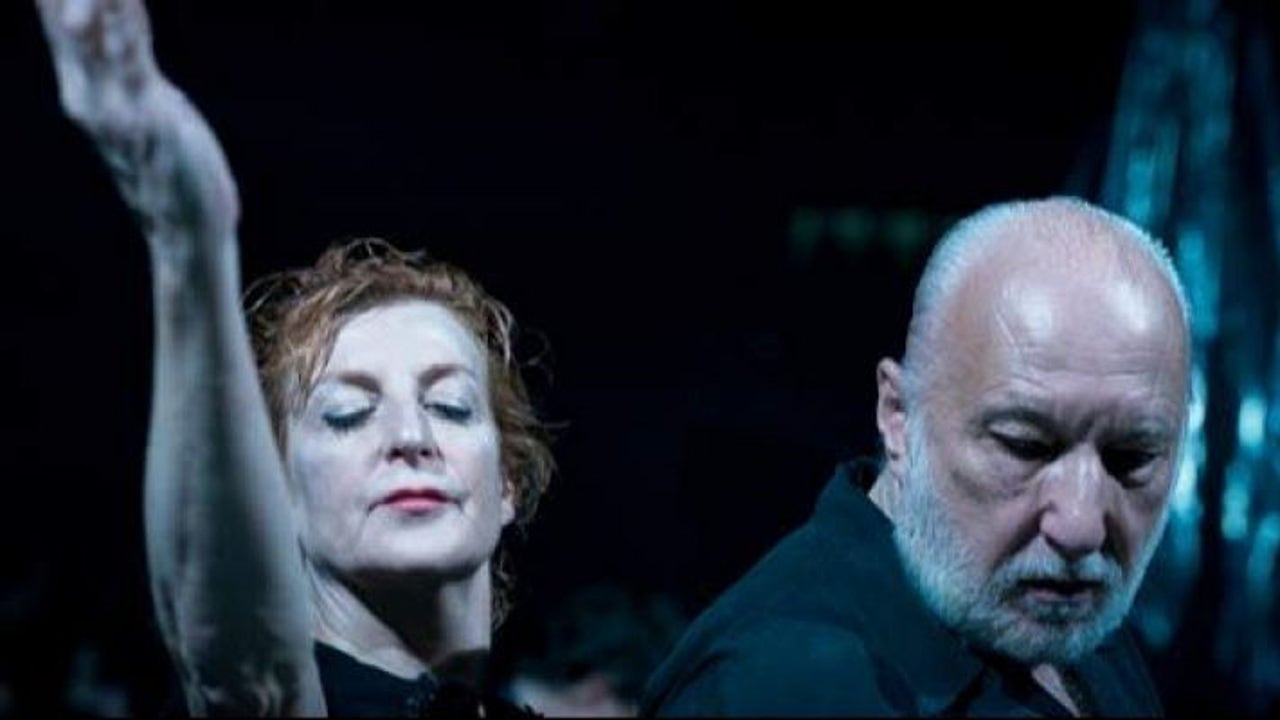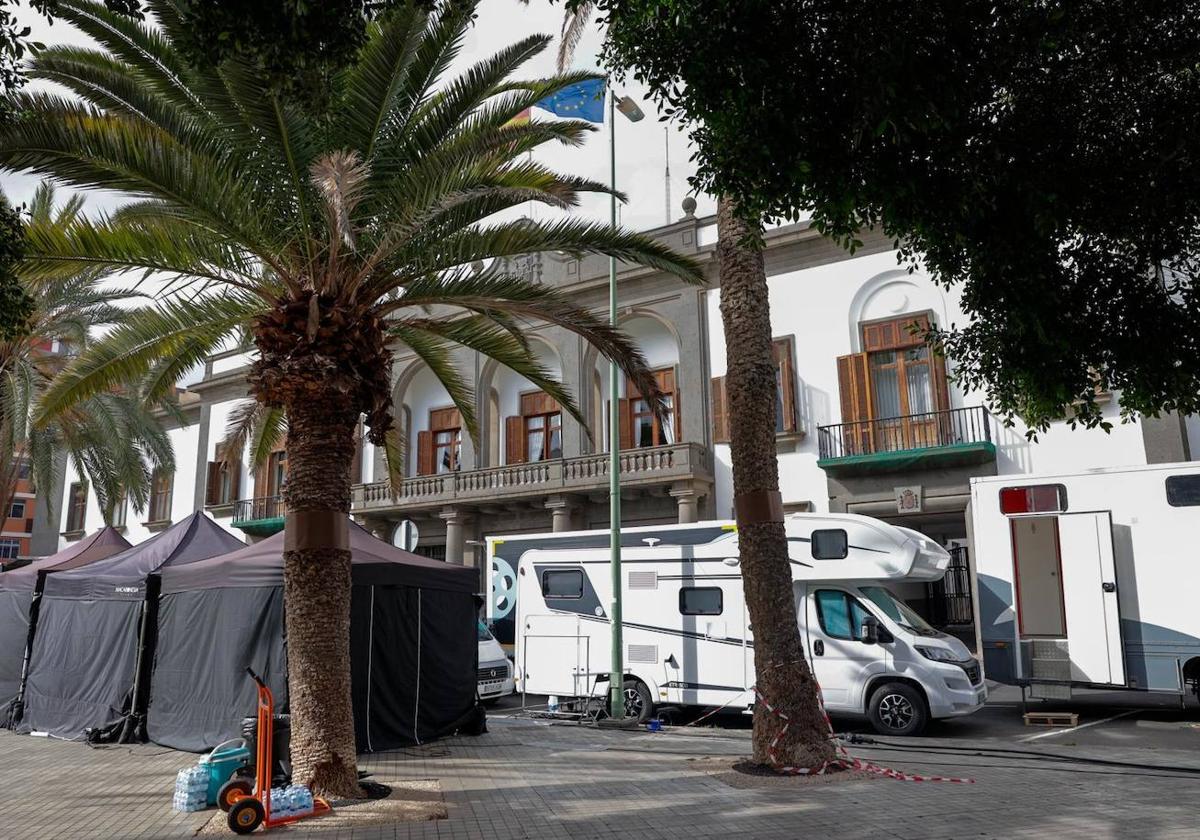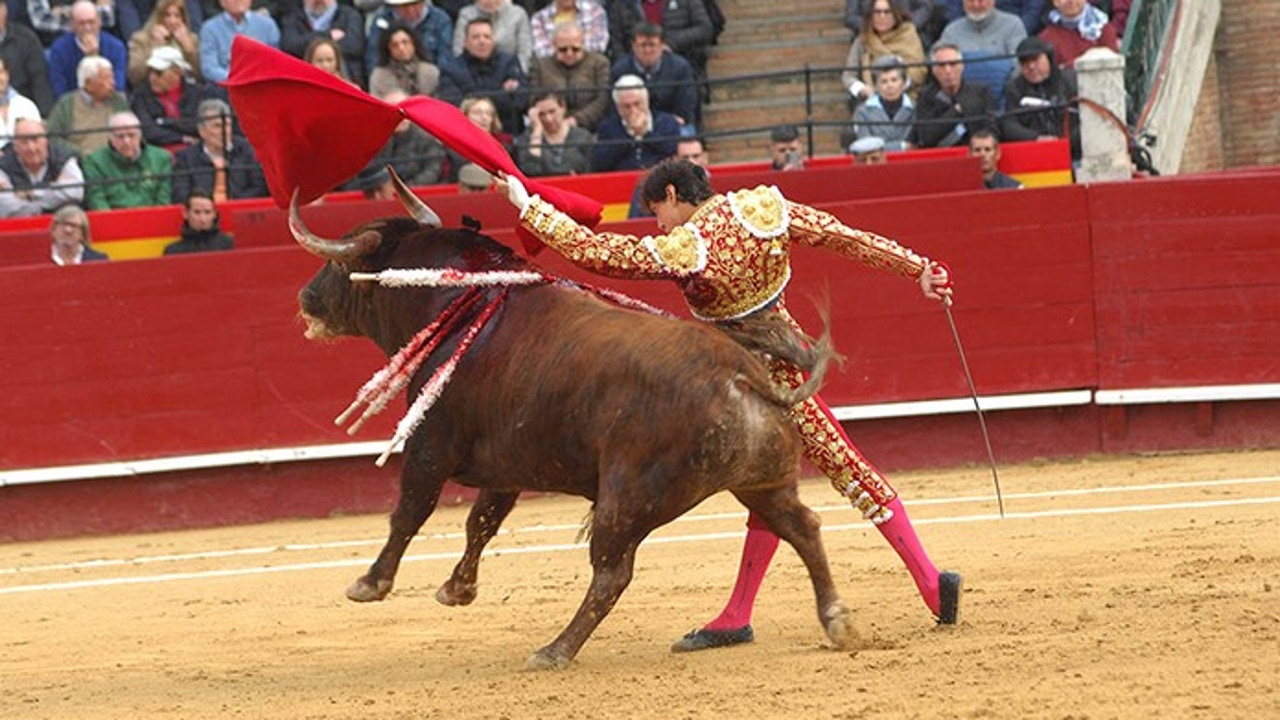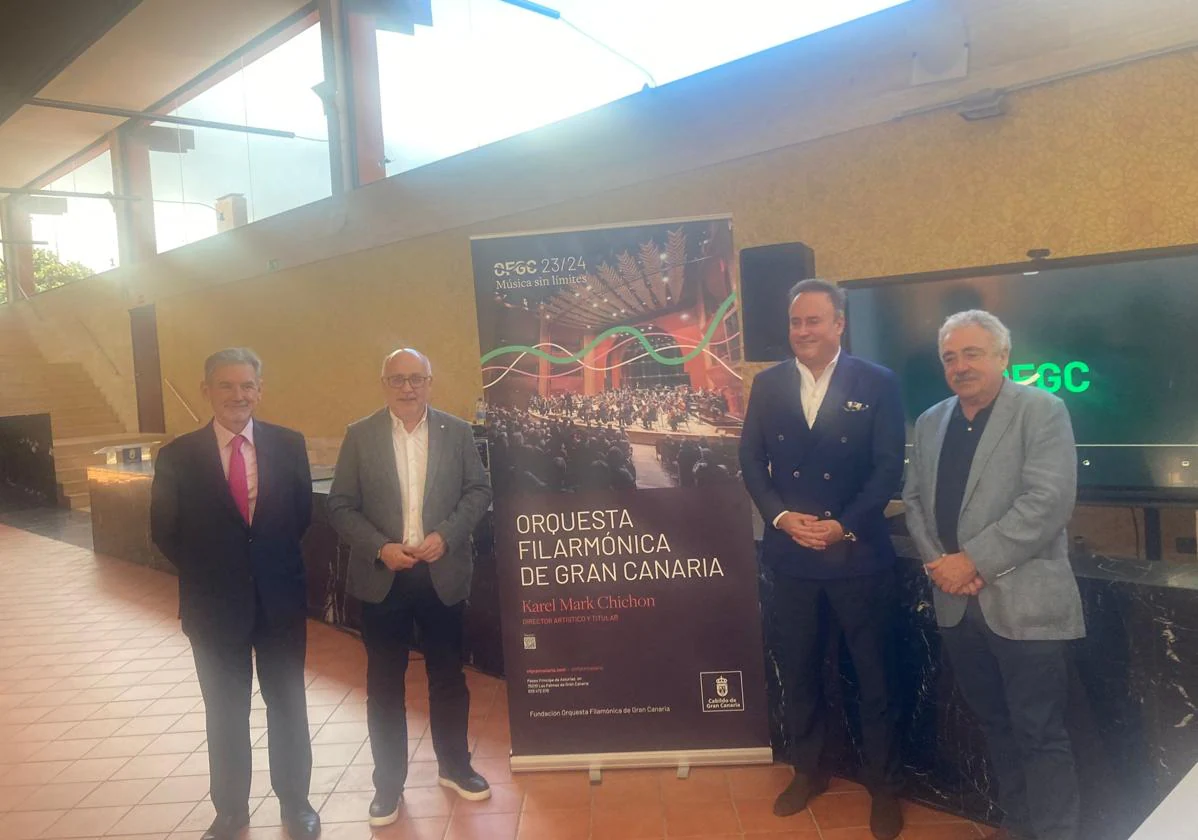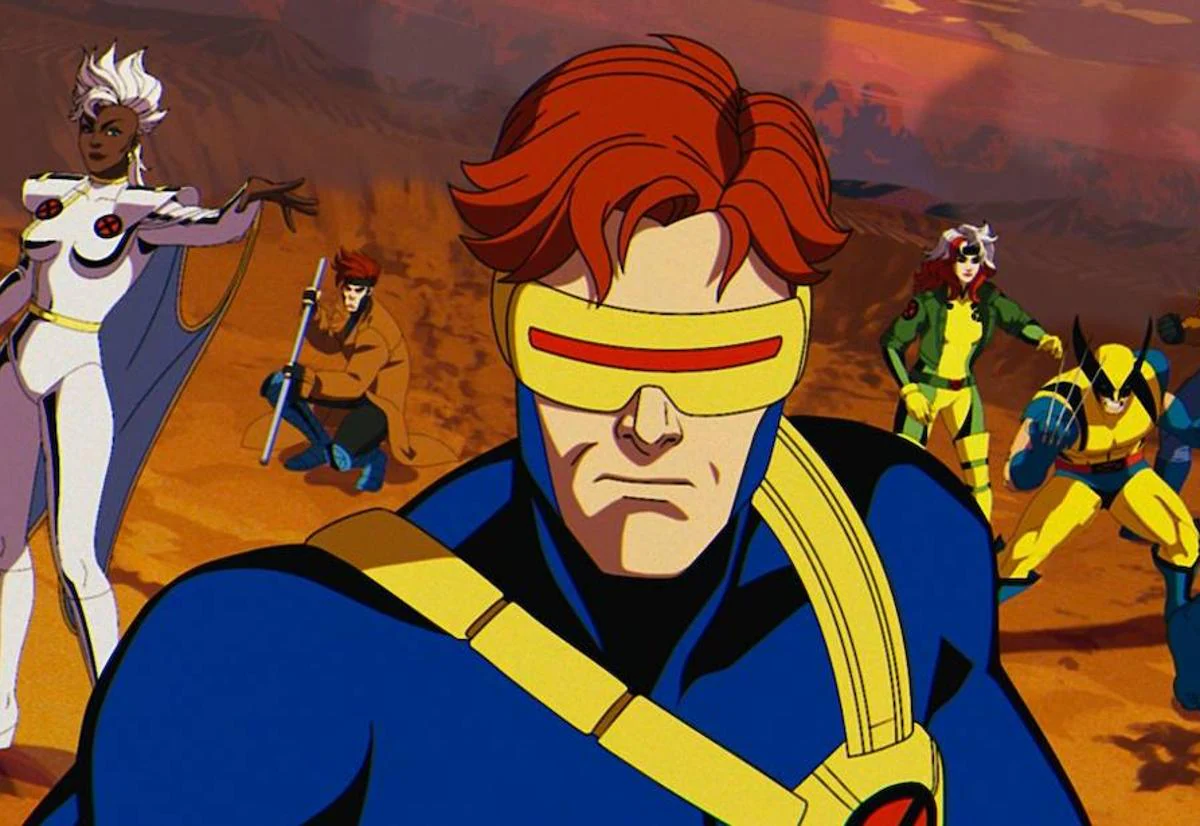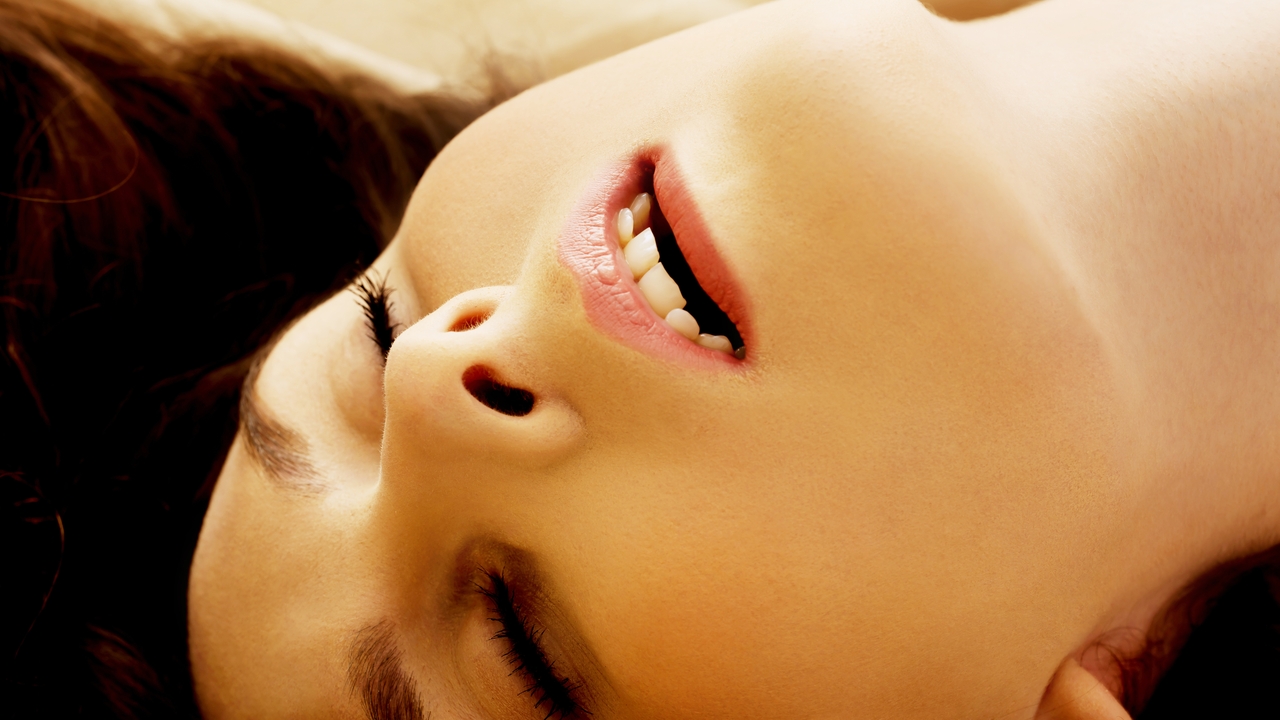Enrique Ramírez opens the window of reflection
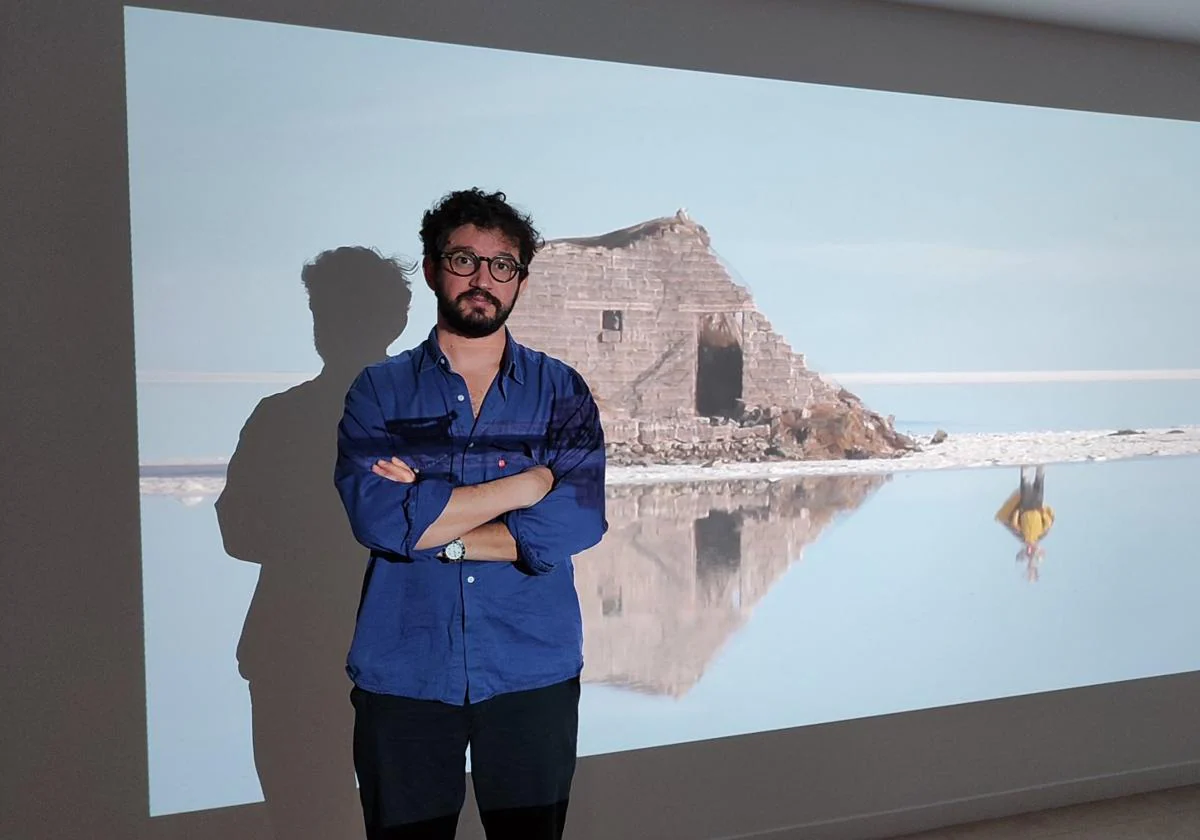
Enrique Ramírez (Santiago de Chile, 1979) He raises questions from his creative universe and each one of those who contemplates him will draw their own conclusions. With this idea he has landed since last week with his proposal 'Look straight' in the basement of the Francis Naranjo Foundationat number 63 Avenida Primero de Mayo in the capital of Gran Canaria.
Specifically, this Latin American artist exhibits three videos and part of a photographic series. It is added the video installation 'The sleepers'which can also be seen until April 14 at the CCA Center for Audiovisual Culture of the Cabildo de Gran Canariain the capital's Schamann neighborhood.
The artist acknowledges that with his pieces he leaves "doors open". «What I try to do is open windows and have the viewer look through them. In those windows there are more questions. The answers are given by each one », assures an artist who takes history very much into account in his creative reflections.
This is evident, for example, in the video titled 'breezes'which he carried out in 2008 and which integrates 'Mirar de fronte' in the Francis Naranjo Foundation.
«It is a shot-sequence with a character who crosses the Coin Palace, headquarters of the President of the Republic in Santiago de Chile. 2023 marks the 50th anniversary of the Pinochet coup. The protagonist of the video crosses backwards than was allowed. During the dictatorship, the doors of La Moneda were closed to the public. They opened with the second government after the return of democracy, with Ricardo Lagos. You could only go from the Plaza de la Constitución to the Plaza de la Ciudadanía. What I wanted to do with the protagonist of this video is to make that same route in reverse", Explain.
The Chilean artist, at the Francis Naranjo Foundation with his creations.
c7
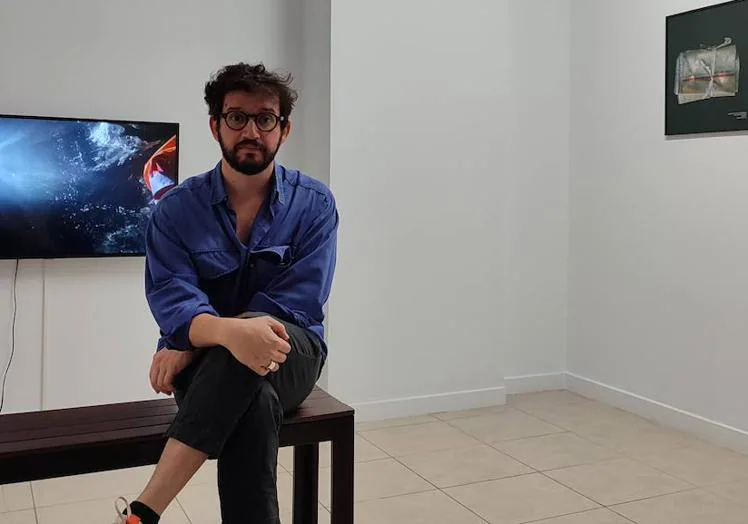
He was able to carry it out after a year of efforts. The permit entailed filming first thing in the morning on a weekend and he could only carry out the same route twice, which required a great deal of planning so that the sequence-shot would come to fruition.
«Los twelve minutes of walking we shot them on filmin super 16 that we later went to 35 millimeters", recalls the Chilean artist about 'Brisas'.
In Union
The story also transcends 'A man who walks', another of the videos that he exhibits in the capital of Gran Canaria. He acknowledges that she filmed it in one of the "most impressive" enclaves that he has trodden in his life, such as the Uyuni salt flat, nestled in the middle of the Andes, in southern Bolivia. "We finished it in 2014 and it was remastered in 2017. He talks about colonization, with a character with a mask that has many references, depending on whether it is seen from Bolivia, Chile or Peru," he explains. «It was invented during colonization and somehow represents death. This character walks in an almost infinite place, since it is the largest mirror on the planet. It is closely linked to life, death and history. During the video, that person, who is from the same area, wears some European clothes. At one point a fanfare appears, which is the passage between life and death and which today is even used to celebrate death”, adds Enrique Ramírez.
He admits that filming in Uyuni was complicated, since "the salt was like a great mirror", despite which "The Man Who Walks" has some images of great beauty. «The place itself leads you, even through the air and through the water that is very cold. There is little oxygen and the sun when it rises is very strong. We all end up sick, except for the person who comes out with his own clothes, because he is from the area, "he recalls with a laugh about a video that took a week to shoot.
another look
"Very different," acknowledges the Chilean artist, is 'A man without an image' (2020). «Here there is no one who walks, but it is a metaphor. I did it for the Marcel Duchamp Award from the Pompidou Center in Paris, for which I was nominated. He is a character that we see in a kind of non-place. We don't know where he is. He is like a maternal womb, a sea, a river and at the same time it is like a kind of dance. He is supported by a sail from a ship, which can almost be understood as an umbilical cord to life for someone who can't swim. It is a metaphor about life and death, but it can also be understood as a reflection on the theme of immigrationwith all those people who die in the sea”, he acknowledges, leaving the door open again for each one to draw their conclusions.
This piece connects with part of the photographic series that completes 'Look straight ahead'. «I come from a family of sailors and hence my relationship with the sea. Is a series of eight photographs that I thought of from the bodies disappeared by the military dictatorship of Chile. The first time I showed it in my country. Here I have seen that the viewer has given it another point of view and also links it to the problem of immigration. These are candles that I found and have photographed in the same way that I remember finding them. It refers to bodies that are discovered in the sea, that are tied up or destroyed", Explain. The link with the video installation 'Los durmientes' is clear, since it deals with the tragedy of those who disappeared in what are known as 'death flights' during the Pinochet dictatorship.
Angela Jimenez's snake
The artistic proposal of Enrique Martínez shares space in the Francis Naranjo Foundation with 'Embrace of the Serpent'by the young sculptor from Madrid who lives in Paris Ángela Jiménez Durán.
«'The Landing of the Serpent' is based on reflections on science fiction and an idea of imagining a future in which surely we will not exist, but we will life on the planet», the artist recognized in the pages of this newspaper a week ago about the proposal that is on the way between the first two floors of the Foundation.

